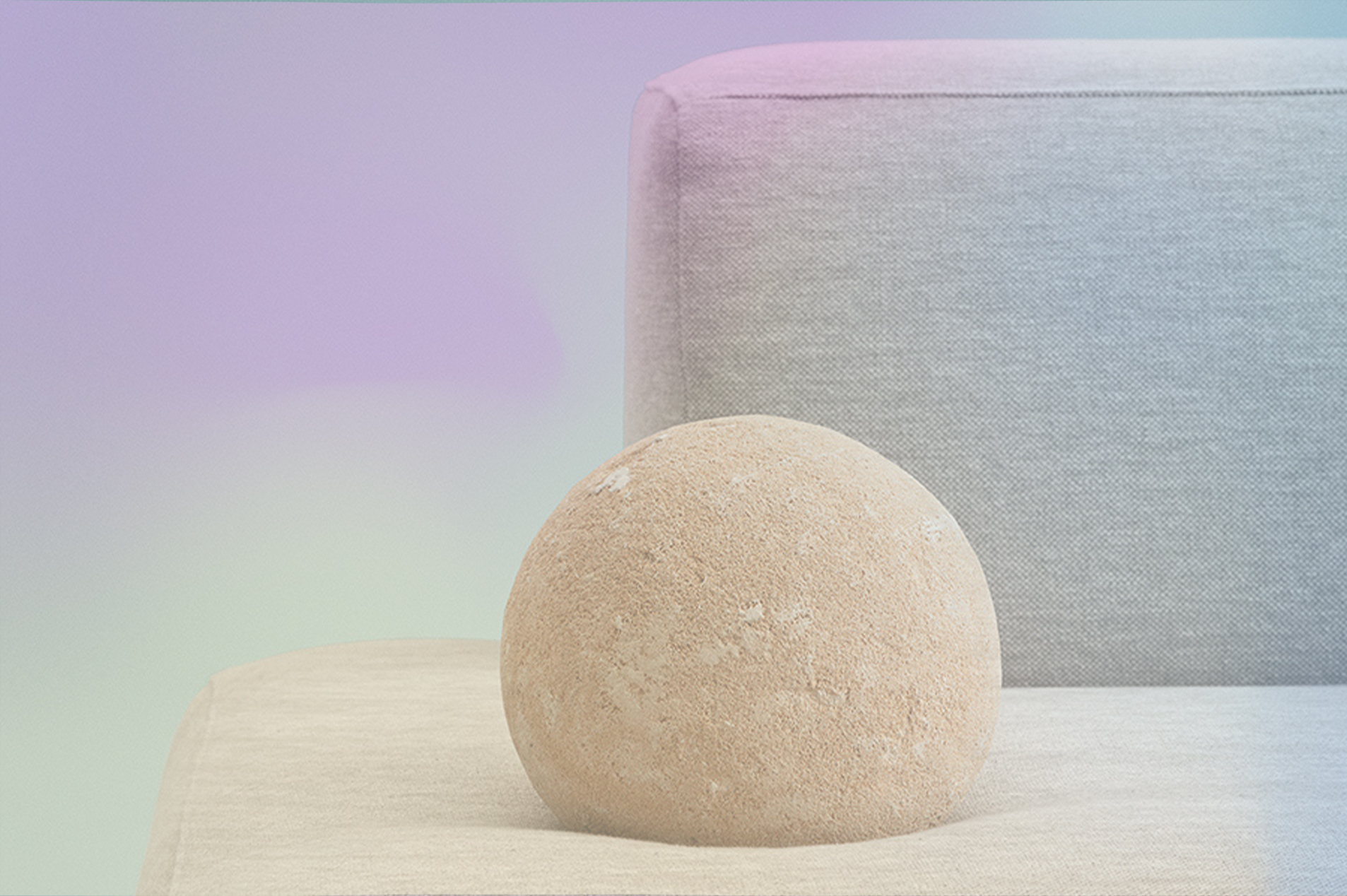According to recent industry data, the average designer has 40 times the buying power of the average American consumer. For those working in the top firms, that multiplier can climb as high as 140 times. This “specification economy” is one of the most overlooked — yet most powerful — forces shaping the furniture and design industry today.
For brands and manufacturers, understanding specification power isn’t just a matter of sales strategy. It’s the key to influencing what gets built, what gets purchased, and ultimately, what becomes a trend.
What Is the Specification Economy?
The term “specification” refers to the act of selecting and recommending products for a project. When a designer specifies a product — whether it’s a task chair, a fabric, or a light fixture — they’re not just making a suggestion. In most cases, they’re directly shaping purchasing decisions.
Here’s why it matters:
- The average American consumer controls around $47,000 in disposable income per year.
- The average U.S. designer influences roughly $1.9 million in annual product specifications.
- Designers at the largest 200 firms average over $4 million per year each in specifications.
Put simply: one designer’s choices can move more product than dozens of individual consumers combined.
This dynamic has created a unique marketplace where designers, architects, and specifiers act as the gatekeepers of demand. Manufacturers that recognize and respect this power gain a competitive edge. Those that don’t risk being locked out of projects before they ever reach the purchasing stage.
Why Designers’ Influence Outpaces Consumers’
Several structural factors give designers their outsized impact:
1. Scale of Projects
Where a consumer might buy one sofa, a designer specifies hundreds for a hotel, or thousands of chairs for a corporate office. Each project multiplies their influence exponentially.
2. Trust and Expertise
Designers are trained to balance function, aesthetics, and budget. Clients — whether homeowners or Fortune 500 companies — trust their recommendations because they know how to evaluate products against complex needs.
3. Trend-Setting Role
Even when designers aren’t the final purchasers, their specifications set the tone. A product that gains traction in the A&D community is more likely to ripple out into retail showrooms and consumer consciousness.
4. Early Positioning in the Process
Designers are engaged early, during schematic design and planning. By the time a consumer walks into a furniture store, the most influential choices have already been made at the specification level.
The Ripple Effect: From Specification to Trend
Specification power doesn’t stop at the project level. When certain products are repeatedly specified, they gain visibility in magazines, showrooms, and social media. This fuels a cycle:
- Specification: Designers select a product for multiple projects.
- Visibility: The product appears in completed spaces, photography, and design press.
- Adoption: Other designers, retailers, and consumers take notice.
- Trend: The product category gains traction across markets.
Take the rise of engineered stone in kitchens or the widespread adoption of ergonomic office chairs. Both began as specification-led movements that later shaped consumer expectations.
What This Means for Furniture and Design Brands
Understanding the specification economy is only the first step. The real question is: How can brands adapt their strategies to maximize it?
1. Prioritize Trade Relationships
If one designer influences millions of dollars in spend, then every touchpoint with the A&D community is high-value. That means investing in:
- Dedicated trade programs with clear pricing, perks, and service.
- Sales reps who act as partners, not just vendors.
- Education and training, so designers feel confident specifying your product.
2. Deliver the Right Tools
The biggest pain point for specifiers is often lack of resources — whether it’s CAD files, BIM models, finish samples, or high-quality photography. Supplying these tools removes friction from the specification process and increases the likelihood your product is chosen.
3. Be Present Where Designers Look First
Designers split their research between inspiration and information. Increasingly, they rely on manufacturer websites, showrooms, and sales reps for product data, while turning to Pinterest, Instagram, and LinkedIn for ideas and industry news. A brand’s marketing strategy should map directly to these behaviors.
4. Think Beyond the Project
When a product is specified in multiple high-profile projects, it can gain cultural traction. Case in point: products spotlighted in hospitality projects often trickle into residential demand. Brands should view specification not only as a sales driver, but as a brand-building engine.
The New Battleground: AI and Digital Tools
The specification economy is evolving alongside technology. With one-third of designers already adopting AI tools in their workflows — and another third acknowledging they soon will — the future of specification is digital-first.
Brands that provide AI-friendly imagery, parametric models, and digital configurators will be more competitive. The more a product can seamlessly integrate into a designer’s digital process, the more likely it will be specified repeatedly.
Why Ignoring Specification Power Is Risky
Some manufacturers still treat specification as secondary, focusing primarily on consumer-facing sales. But this overlooks the reality that:
- By the time a consumer sees a product in a showroom, its fate was likely decided in the specification process months earlier.
- Without strong trade relationships, brands risk being excluded from projects entirely.
- Competitors who invest in designer engagement can outpace them, not just in sales, but in long-term trend relevance.
Winning in the Specification Economy
The specification economy reframes how we think about influence in design. It’s not the consumer with the shopping cart who decides the future of the industry — it’s the designer with the specification sheet.
For brands in furniture and design, success means:
- Acknowledging designers’ true buying power.
- Equipping them with the tools and resources they need.
- Engaging them early and often in the design process.
In doing so, manufacturers don’t just sell products — they build trust, relevance, and long-term influence in a market where designers hold the keys to demand.
The consumer may have the wallet. But in the design industry, the designer has the map. And where they point, the market follows.





